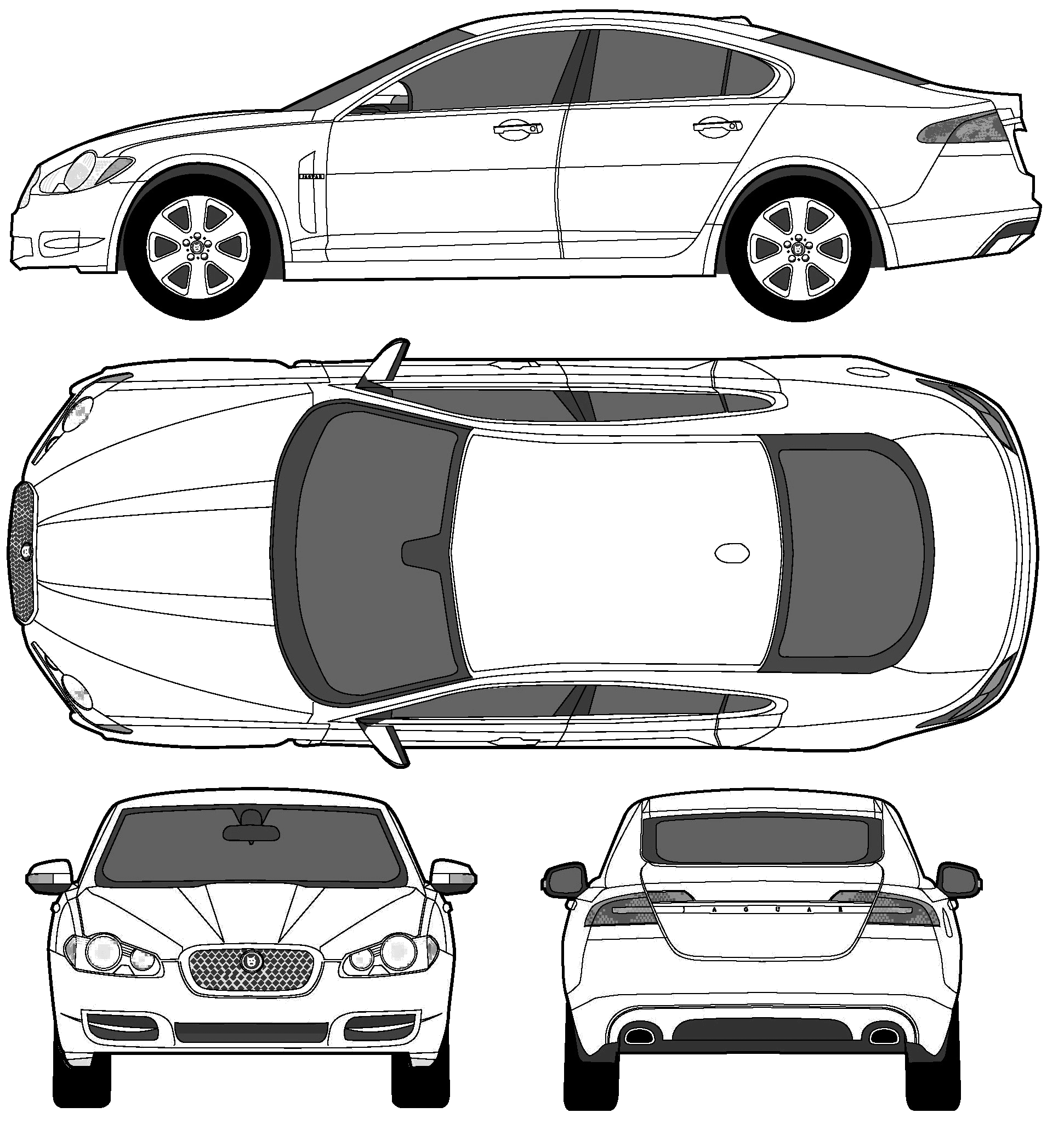

These cars are typically not dealing with any structural damage, and instead, require only minor repairs like auto body painting or straightening of the body panels. The fast track classification is used for cars that usually require only cosmetic repairs. What Are Damage Classifications for Auto Body Shop Blueprints ?Ĭollision repair blueprinting often involves the use of three classifications related to the extent of your car’s damage: 1. With this information, a blueprint for your vehicle’s repairs will be drafted. Next, various measurement tools are used to determine the precise location of car repairs. Once the inspection is complete, areas of your car that are damaged will be identified, and parts will be removed from the appropriate areas of your vehicle. Finally, they’ll examine the position of your car’s wheels and look for any signs of bending and twisting in the undercarriage. During the blueprinting process, the body shop representative will open your car’s doors and trunk to ensure they are aligned properly look for changes in panel gaps and review the condition of your car’s steering column, headrests, and seat belts. The auto body shop may also use a scan tool to evaluate your car’s electronic systems.Īs part of the auto body shop repair process, your car is inspected by an auto body appraiser who looks for any exterior damage.
Car blueprint code#
It retrieves your car’s VIN, mileage, and paint code color. Initially, an auto body shop collects information about your car. When it comes to getting your car fixed, a car repair blueprint can be extremely helpful as you can gain the insights you need to make an informed decision about your vehicle’s repairs. In other cases, an insurance company requires an estimate as a standard procedure to help process your insurance claim. In some instances, a customer requests a written estimate, so they can place a value on the car repair and know what to expect. It may include only a few lines that describe the labor associated with your car repair, along with a possible repair timeline and potential repair costs.Īuto body repair shops usually write estimates for a variety of reasons. Once you have this report in hand, you’ll know how much work is required to fix your car, how long it will take to repair your vehicle and other relevant car repair information.Ĭomparatively, an estimate offers a quick write-up relating to your vehicle’s damage. This information is then used to provide you with a detailed estimate. It involves an in-depth process to analyze your car’s interior and exterior, often involving removing some panels to access inner structure as well as using some electronic diagnostic tools. To understand why this is important, let’s break down the differences between auto body shop blueprints and estimates.Īn auto body shop blueprint is an assessment of the state of your car and any required vehicle repairs. How Does an Auto Body Shop Blueprint Differ from an Estimate?Ĭhoosing an auto body shop that offers collision repair blueprinting is often ideal. Thanks to blueprinting, you can now receive a complete plan for repairs, followed by a step-by-step plan to correct any vehicle problems. Collision repair blueprinting is the comprehensive plan to repair your vehicle, and it has completely revolutionized the auto body repair industry.


 0 kommentar(er)
0 kommentar(er)
